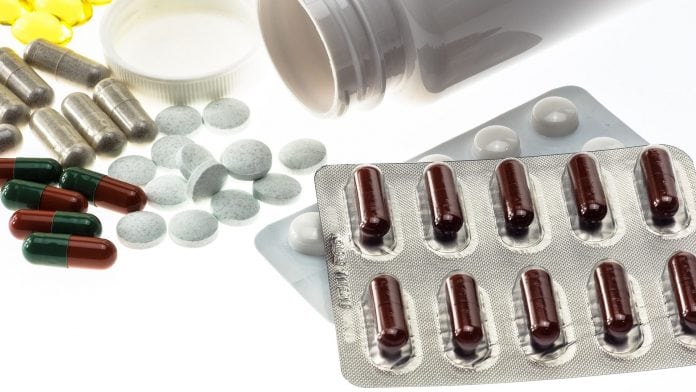
A new study has mapped how the body’s own peptides act to reduce infection and inflammation by deactivating the toxic substances formed in the process, which researchers believe could lead to new drugs against infection and inflammation.
Neutralised toxins, known as lipopolysaccharides (LPS), come from the bacterial cell walls and generate an inflammatory reaction. The reaction is a necessary part of the body’s immune defence system, where the body responds quickly and fight invasive bacteria such as infection and inflammation.
However, as observed in infection-related wounds, and general inflammation, it can be over-activated and become harmful.
Implementing peptides within medication
Rathi Saravanan, senior research fellow at Lee Kong Chian School of Medicine at Nanyang Technological University, Singapore, and first author of the study, explained: “By use of advanced biophysics such as nuclear magnetic resonance analysis, combined with molecular modelling and biological studies we show that these peptides form a C-shaped structure which enables the capturing and inactivation of LPS. They also simultaneously interfere with receptor-mediated inflammatory responses.”
Artur Schmidtchen, researcher in the field of innate immunity for over 20 years, added: “Currently, most drugs aim to more or less completely block a target, such as a receptor. But that risks a deactivation of the immune defence system which can be detrimental and downright dangerous.
“The body’s own defence mechanisms proceed with greater caution in what is known as a transient manner: the peptides act on their target for a short time to reduce an inflammation towards normalisation. It is the natural functions of these peptides that we want to develop into new drugs.”
In addition, the peptides present in thrombin, a common blood protein, are multifunctional and can attack several targets, unlike current drugs.
Ideal goals to tackle infection and inflammation
The primary goal is to develop a peptide gel for improved wound healing in patient studies. However, researchers will be looking at the possibility of developing new drugs against infections in the eyes and various internal organs.
This will ideally become a new way of preventing both infection and inflammation without using antibiotics.


























Using good quality of woundcare dressing also helps a lot for the treatment of infected and inflammatory wounds.